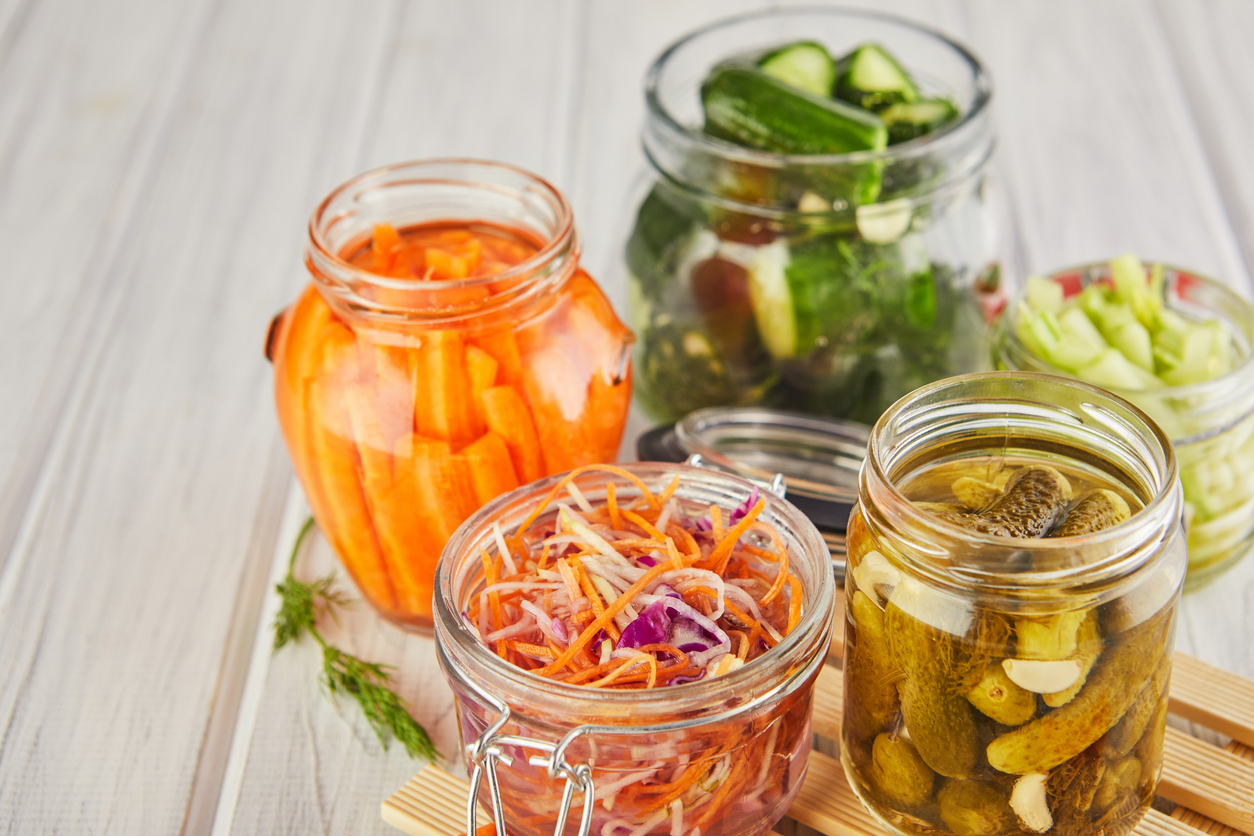
Microorganisms: Good Guys or Bad Guys?
Students will explore and observe microorganisms at work in decomposition as well as in the production and preservation of food. Activities include creating a "decay buffet" and identifying grocery store foods that contain or are made with the help of microorganisms.